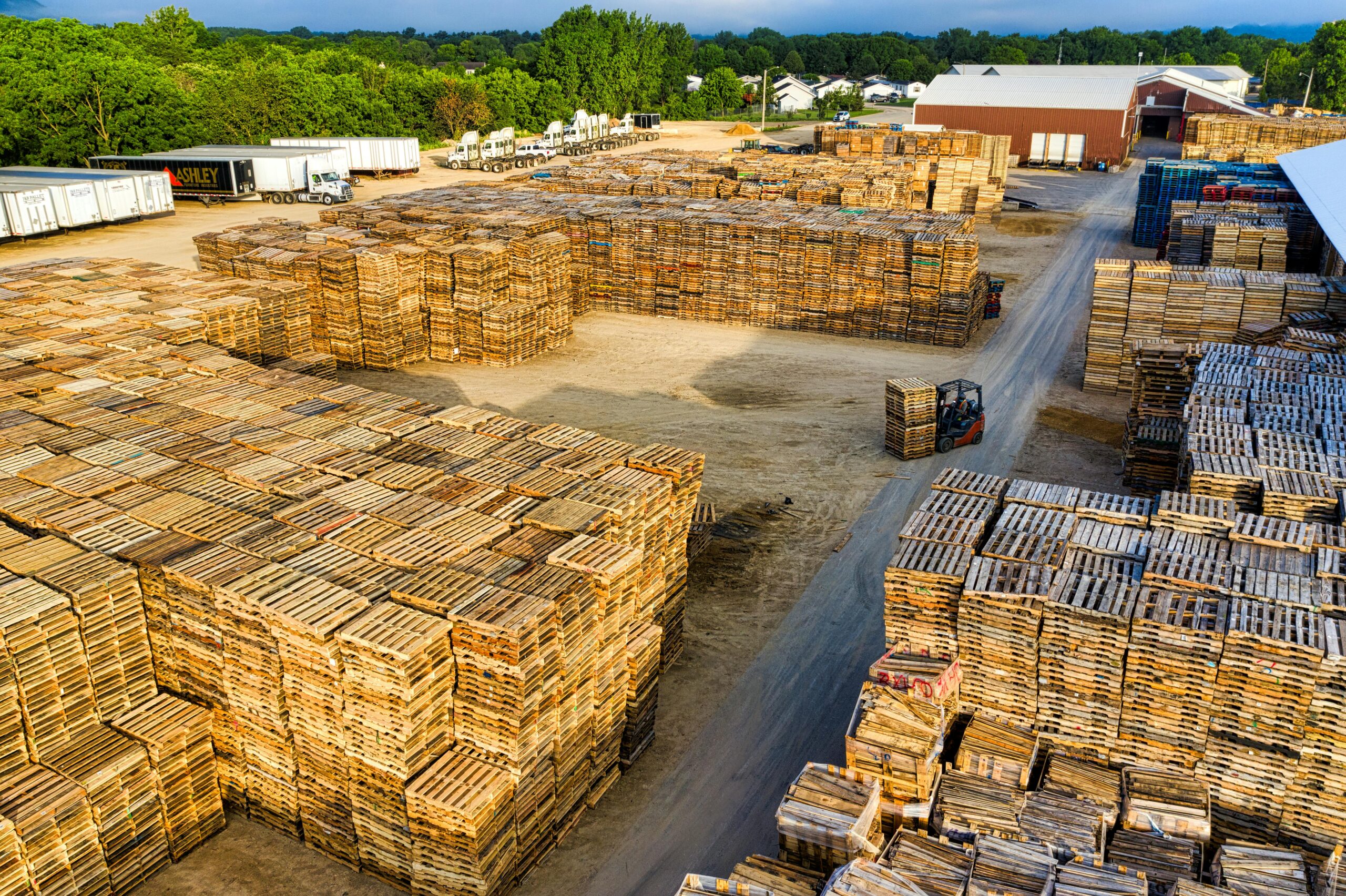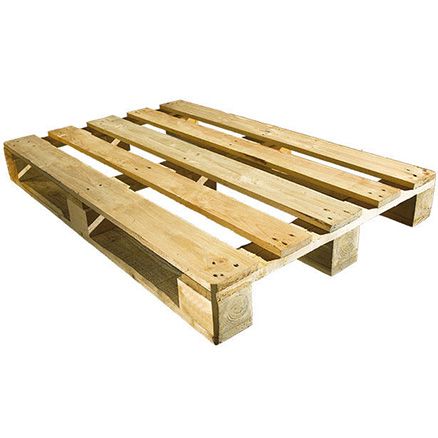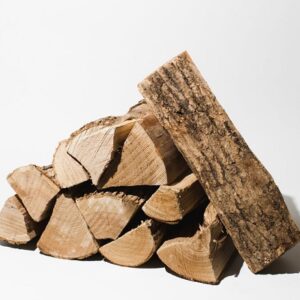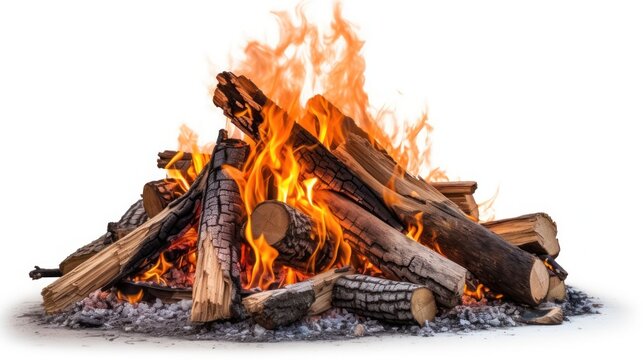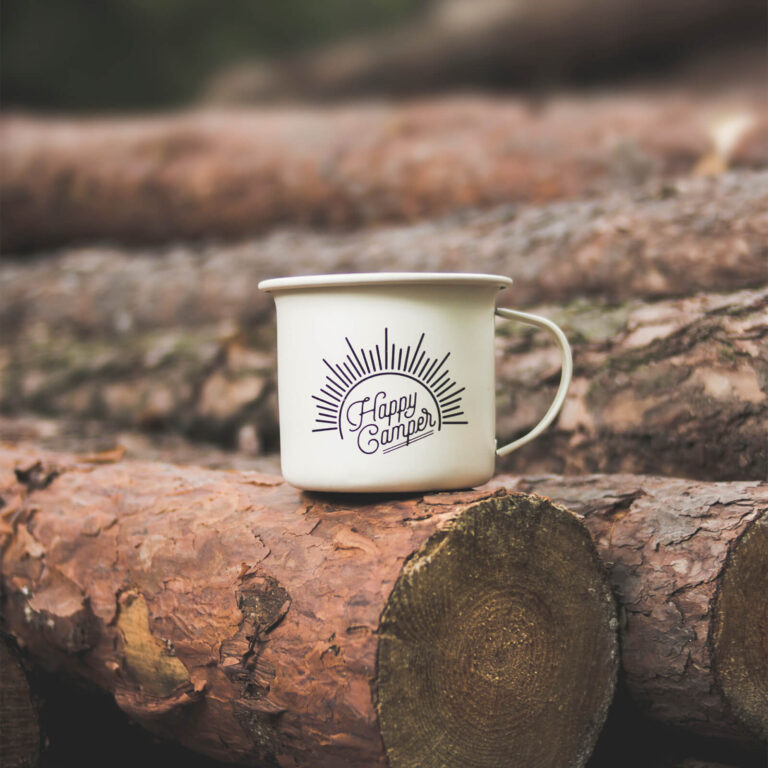: Which is Best for Your Needs?
Introduction to Hardwood and Softwood
When it comes to choosing between hardwood and softwood, most people instantly assume hardwood is the superior option. After all, the word “hard” naturally makes us think of strength, durability, and long-lasting quality. On the other hand, softwood often gets dismissed as a weaker, cheaper, and less desirable choice. But is this really the case? The truth is, both hardwood and softwood have their own unique strengths, and the right choice depends on what you actually need.
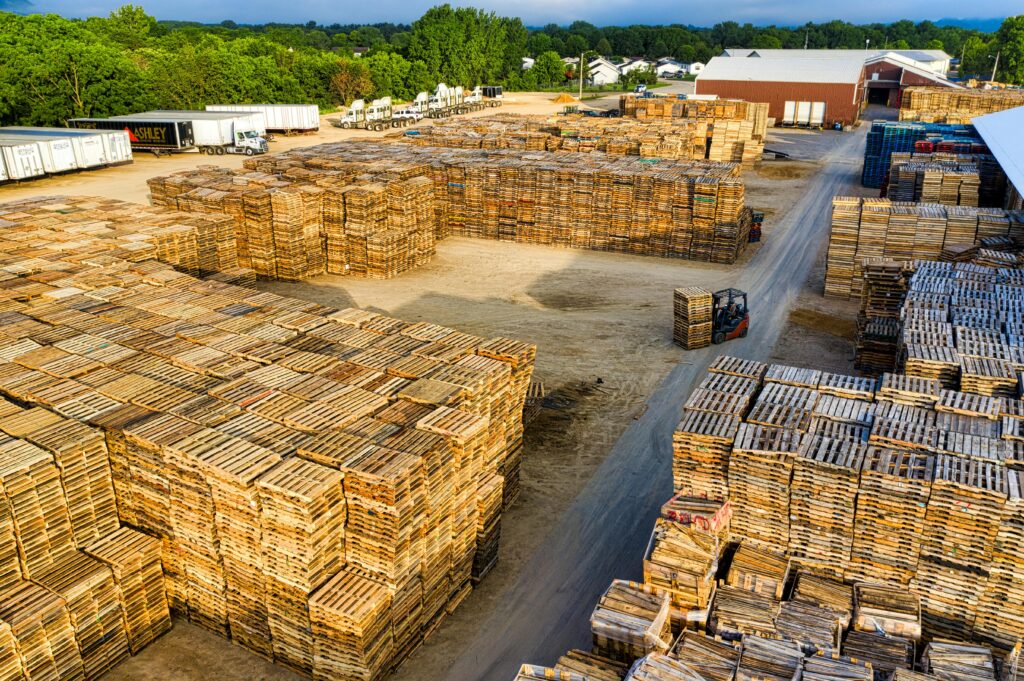
What are Hardwoods?
Hardwoods come from deciduous trees—those that shed their leaves annually. Some of the most well-known hardwoods include oak, maple, walnut, teak, and mahogany. These trees typically grow slower than softwoods, which results in denser, more durable timber. Hardwoods are often used in fine furniture, flooring, and high-end construction because of their strength and beauty.
What makes hardwoods stand out is not just their density but also their unique grain patterns and rich colors. For instance, oak is known for its prominent grain and resistance to wear, while mahogany is prized for its deep reddish-brown hue. Because they take decades to mature, hardwoods are usually less abundant and often more expensive than softwoods.
In practical use, hardwoods are considered ideal for long-lasting items—think hardwood floors that can last for generations or a dining table that gets handed down as a family heirloom. Their durability makes them resistant to everyday wear and tear, and many hardwoods naturally resist pests and decay, making them especially valuable in both interior and exterior applications.
What are Softwoods?
Softwoods, in contrast, come from coniferous trees such as pine, spruce, fir, and cedar. These trees grow much faster than hardwoods, making their timber more readily available and typically less costly. Despite the name, not all softwoods are actually “soft.” For example, Douglas fir and yew are softwoods but are surprisingly strong and durable.
Softwoods are widely used in construction, particularly for framing houses, making doors, windows, and even producing paper and cardboard. Their lighter weight and ease of cutting and shaping make them highly versatile. For everyday projects where cost, availability, and flexibility matter, softwood often wins over hardwood.
Softwood’s natural light color and uniform texture also make it easier to stain or paint, giving homeowners the freedom to match it with different design aesthetics. While it might not always last as long as hardwood in heavy-use areas, its affordability and ease of use make it incredibly popular worldwide.
Key Differences at a Glance
If we were to compare hardwood and softwood in a nutshell:
- Hardwoods = Dense, durable, slow-growing, expensive, great for flooring, furniture, and long-lasting projects.
- Softwoods = Lightweight, fast-growing, affordable, versatile, widely used in construction and everyday products.
So, when someone asks, “Which is better?” the real answer is, “It depends on what you need.” If you’re after beauty, longevity, and strength, hardwood might be your best bet. But if you want something cost-effective, workable, and versatile, softwood could easily meet your needs.
Origins and Sources of Hardwood and Softwood
The story of hardwood and softwood begins with their very roots—literally. To really understand why one type of wood might suit you better than the other, it helps to know where they come from and how they grow. Buy Wood Online
Tree Types and Growth Patterns
Hardwoods grow from broad-leaved deciduous trees, such as oak, maple, and teak. These trees tend to grow slowly, sometimes taking decades or even centuries to mature. This slow growth creates a denser grain structure, which explains their durability and heavier weight.
Softwoods, on the other hand, come from coniferous trees like pine, fir, and cedar. These trees grow much faster, sometimes reaching maturity in as little as 25–30 years. Their rapid growth means the wood is less dense, making it lighter and easier to handle.
Common Geographic Locations
Hardwoods are often found in tropical and temperate regions. Teak, mahogany, and rosewood thrive in tropical climates, while oak and maple are commonly found in Europe and North America. Because of their slower growth, these trees are not as abundant, contributing to the higher cost of hardwood products.
Softwoods dominate colder climates, especially in North America, Europe, and parts of Asia. Pine forests, for example, are widespread in Canada and Scandinavia, providing a steady and sustainable source of softwood timber for construction and manufacturing.
Sustainability and Availability
Softwoods generally have the upper hand when it comes to sustainability. Because they grow quickly and are more abundant, softwoods are easier to replenish through managed forestry. This makes them a more eco-friendly choice for large-scale construction.
Hardwoods, however, face challenges due to overharvesting and slower regeneration. Sustainable hardwood sourcing is possible, but it often requires stricter management practices and certifications like FSC (Forest Stewardship Council). As demand for premium hardwoods like teak and mahogany increases, responsible sourcing becomes even more critical to protect forests.
In short, the origin and growth of these trees greatly influence not only their properties but also their availability and cost. Hardwood may be rare and luxurious, while softwood provides a steady and accessible supply—both playing vital roles in our daily lives.
Physical Properties and Characteristics
The physical differences between hardwood and softwood are what truly define their uses. Density, strength, durability, and flexibility all come into play when deciding which wood is best for your specific project.
Density and Strength
Hardwoods are generally denser, which makes them stronger and more resistant to wear. This is why they are often chosen for flooring, furniture, and heavy-duty applications. A hardwood floor, for example, can withstand decades of foot traffic without losing its charm.
Softwoods are lighter, which makes them easier to cut, transport, and use in structural frameworks. While they might not match hardwoods in density, many softwoods still offer considerable strength—enough to be used in housing frames and beams.
Durability and Longevity
Hardwoods naturally resist damage from insects, fungi, and daily wear, which explains their long lifespan. A well-maintained piece of hardwood furniture can last generations, becoming an heirloom piece.
Softwoods, while generally less durable, can still offer good longevity when properly treated. Pressure-treated pine, for example, can resist rot and insects, making it suitable for outdoor use.
Workability and Flexibility
Softwoods shine when it comes to workability. Their lighter density makes them easy to saw, nail, screw, and glue. This makes them a favorite among carpenters and DIY enthusiasts.
Hardwoods, though tougher to work with due to their density, reward patience with exceptional results. Fine joinery, intricate carvings, and smooth finishes are possible with hardwoods—just expect to put in a little more effort.
When comparing physical properties, it becomes clear: hardwood excels in strength and longevity, while softwood wins in ease of use and versatility.
Aesthetic Appeal and Finishing Options
Wood isn’t just about strength—it’s also about beauty. The look and feel of a material often play a big role in whether we choose hardwood or softwood.
Color, Grain, and Texture
Hardwoods often boast rich colors ranging from deep browns and reds to golden hues. Their grain patterns are striking, adding natural elegance to furniture, flooring, and paneling. Each hardwood species carries its own signature look, which often increases its market value.
Softwoods, by contrast, usually have a lighter, more uniform appearance. While they may not be as bold in grain or color, their simplicity makes them easy to adapt to different interior styles. They are particularly popular for Scandinavian or minimalist designs.
Finishing Possibilities
Both hardwoods and softwoods can be finished with stains, oils, or paints, but hardwoods tend to take finishes exceptionally well. A polished mahogany dining table or a stained oak floor can look breathtakingly beautiful.
Softwoods absorb stains and paints easily, too, but their lighter grain sometimes means they need extra preparation to achieve a flawless finish. This flexibility, however, allows homeowners to customize softwood to almost any desired look.
How Appearance Impacts Value
Let’s be honest: appearance sells. Hardwood’s natural beauty often boosts property value, especially when used in flooring and furniture. Homebuyers are more likely to pay a premium for genuine hardwood floors.
Softwoods may not always carry the same prestige, but they do offer affordability without sacrificing style. With the right finish, softwoods can mimic hardwood looks at a fraction of the price.
In short, hardwood is often chosen for its timeless beauty, while softwood provides flexibility for customization and budget-friendly appeal.
Popular Uses of Hardwood and Softwood
At this point, you might be wondering: “So where exactly should I use hardwood, and where does softwood make more sense?” Let’s break down the common uses for each.
Construction Applications
Hardwoods are used in areas that require strength and durability, such as flooring, staircases, and high-end cabinetry. Their ability to withstand wear and tear makes them ideal for parts of the home that see heavy use.
Softwoods dominate the construction industry, especially for structural purposes. From framing houses to making doors, windows, and even roof trusses, softwoods like pine and fir are essential. Their lighter weight makes them easier to work with on a large scale.
Furniture Making
Hardwood furniture is often seen as a luxury. Pieces made from oak, walnut, or mahogany not only last longer but also retain their value over time. They’re often considered investment pieces.
Softwood furniture, meanwhile, is more affordable and widely available. Think of ready-to-assemble pine bookshelves or cedar chests—functional, stylish, and budget-friendly.
Everyday Household Items
Not every item in your home needs to be hardwood. Many everyday objects—from picture frames and shelves to garden sheds and fencing—are made from softwood. Their availability and ease of加工 make them perfect for such uses.
Hardwood, on the other hand, often shows up in specialty or luxury items where longevity and elegance matter most.
